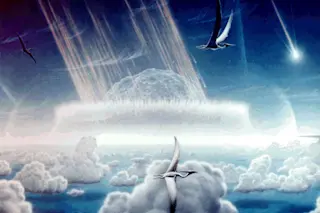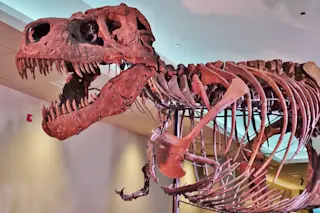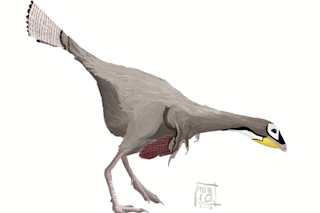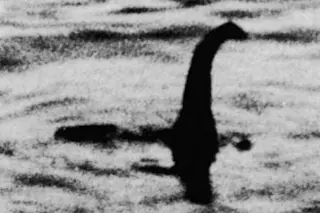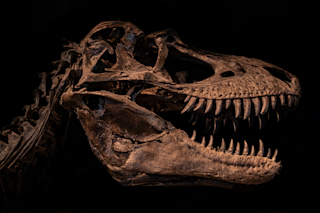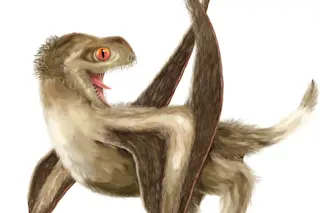When the impact hit Mexico's Yucatan Peninsula 66 million years ago, it wiped out most life on Earth. (Credit: NASA) On March 22, 1991, David Kring stood at a podium at the Lunar and Planetary Science Conference in Houston and revealed the exact location of the most important impact event in the past 100 million years. The dinosaur-killing space-rock struck Mexico’s present-day Yucatan Peninsula near the town of Chicxulub. By that time, most geologists already accepted Luis and Walter Alvarez’s once-wild theory that a 65-million-year-old, worldwide layer of iridium — a material common in asteroids, but not on Earth — implied an extinction event. But for a decade, scientists had tried and failed to find the crater. That led many to assume an impact in the deep ocean, which might explain the absence of a bowl as big as Connecticut. Kring didn’t buy it. His gut told him the Mount ...
How We Found the Dinosaur Doomsday Site
Discover the Chicxulub impact event that triggered the dinosaur extinction and shaped Earth's future. Join the quest for answers.
More on Discover
Stay Curious
SubscribeTo The Magazine
Save up to 40% off the cover price when you subscribe to Discover magazine.
Subscribe

